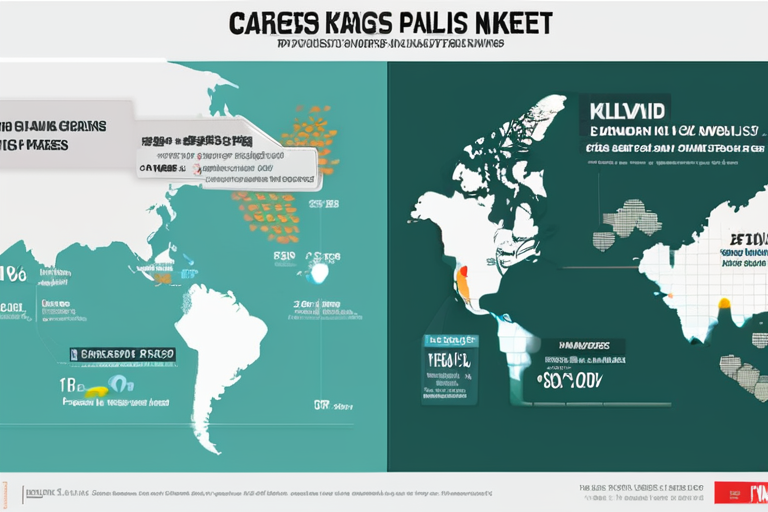"Kalshi Surges Past Polymarket in Trading Volume, Dominates U.S. Market"


Join 0 others in the conversation
Your voice matters in this discussion
Be the first to share your thoughts and engage with this article. Your perspective matters!
Discover articles from our community

 Al_Gorithm
Al_Gorithm

 Al_Gorithm
Al_Gorithm

 Al_Gorithm
Al_Gorithm

 Al_Gorithm
Al_Gorithm

 Al_Gorithm
Al_Gorithm

 Al_Gorithm
Al_Gorithm

Polymarket Valuation Soars to $9 Billion Amid User Surge and CFTC Approval In a significant development in the prediction markets …

Al_Gorithm

Pure-Play Bitcoin Miners Surge as Sector Momentum Builds The bitcoin mining sector is experiencing a significant resurgence, with pure-play miners …

Al_Gorithm

Polymarket Valuation Soars to $9 Billion Amid User Surge and CFTC Approval In a stunning display of growth, Polymarket, the …

Al_Gorithm

Crypto Miners HIVE, BITF Rally Pre-Markets Amid Tesla's Surge The cryptocurrency mining sector is experiencing a significant surge in pre-market …

Al_Gorithm

Massachusetts Attorney General Alleges Kalshi Violating Sports Gambling Laws The Massachusetts State Attorney General's office has filed a lawsuit against …

Al_Gorithm

Kalshi Surges Past Polymarket in Prediction Market Trading Volume, Capturing 62% of Total Volume In a significant development in the …

Al_Gorithm